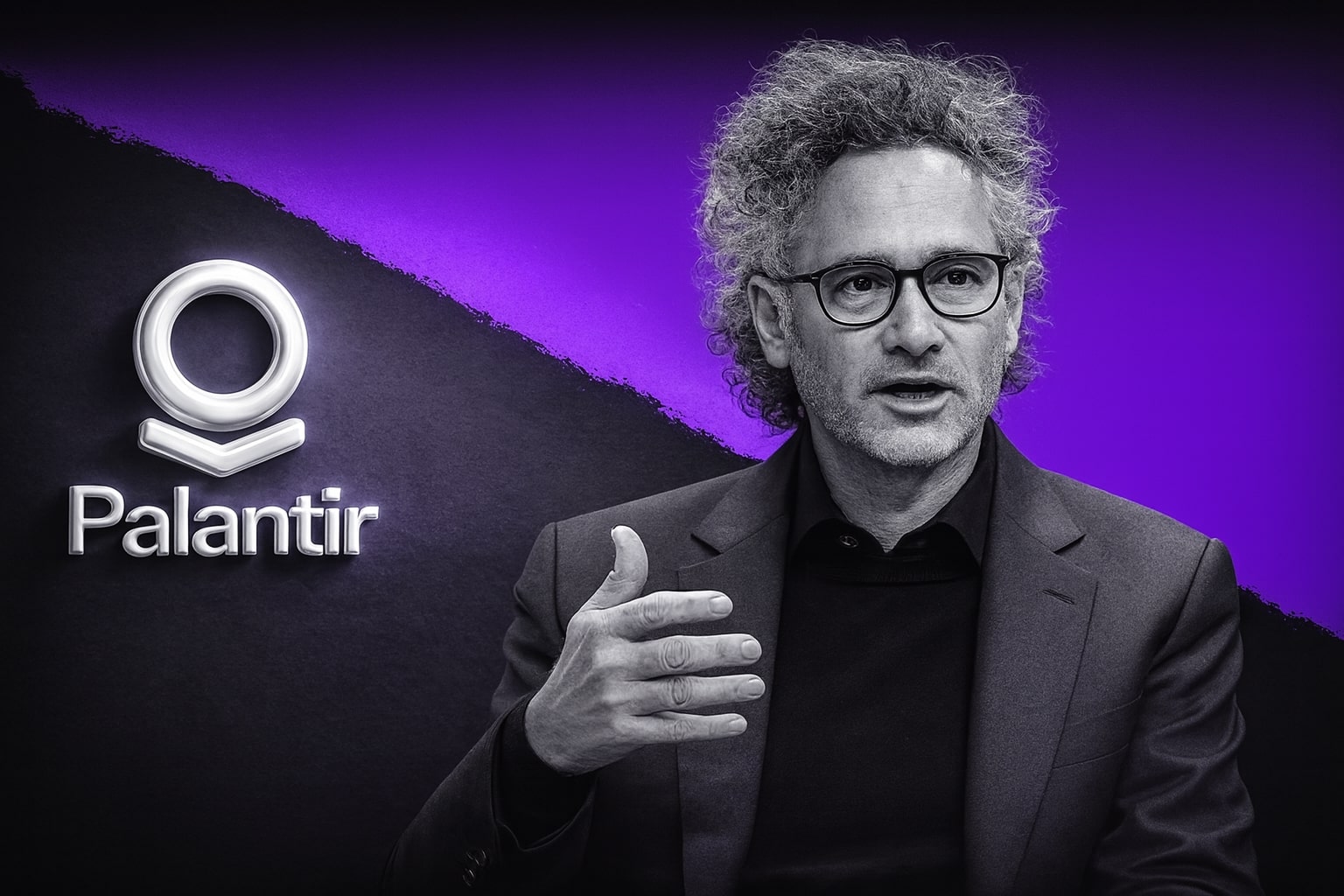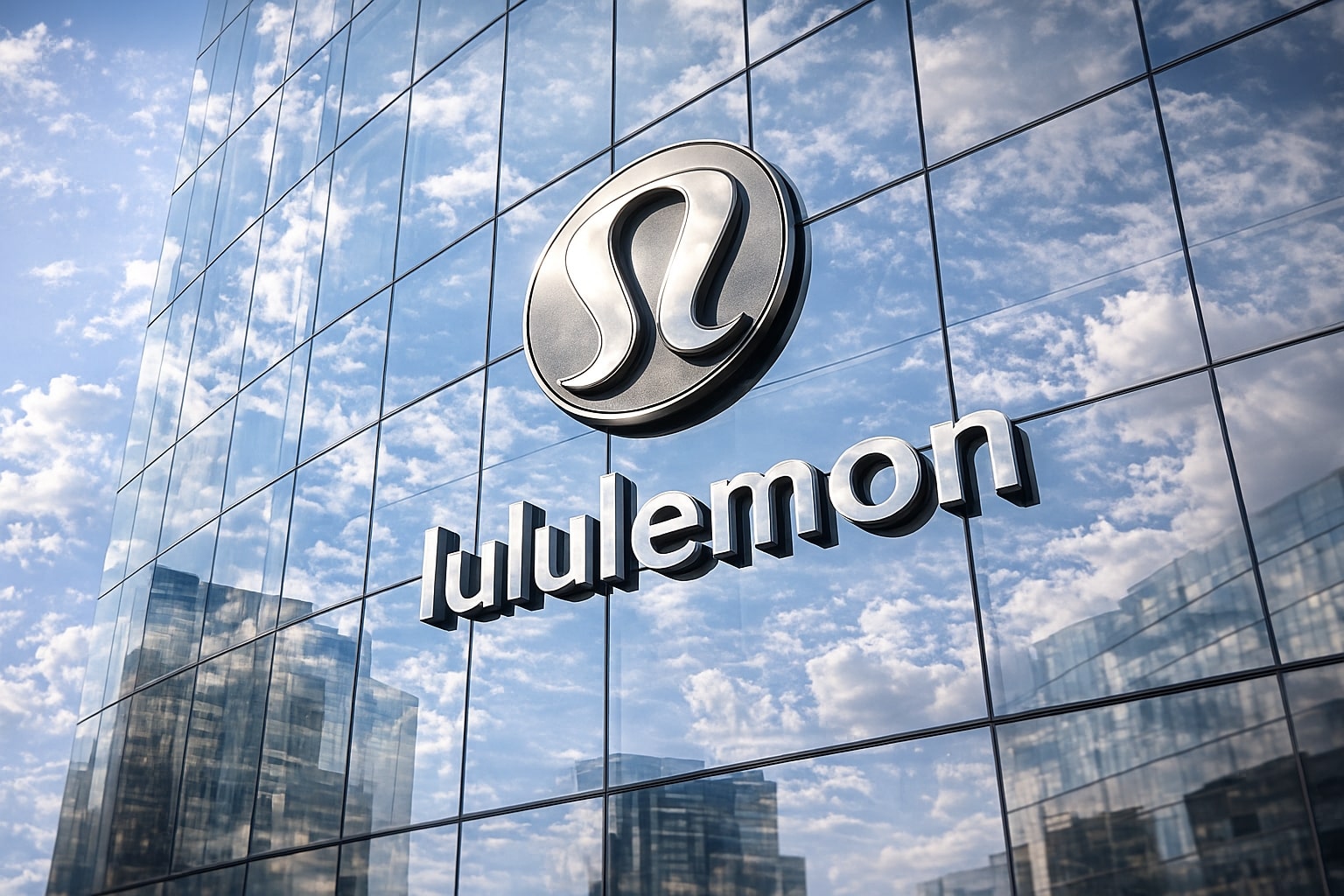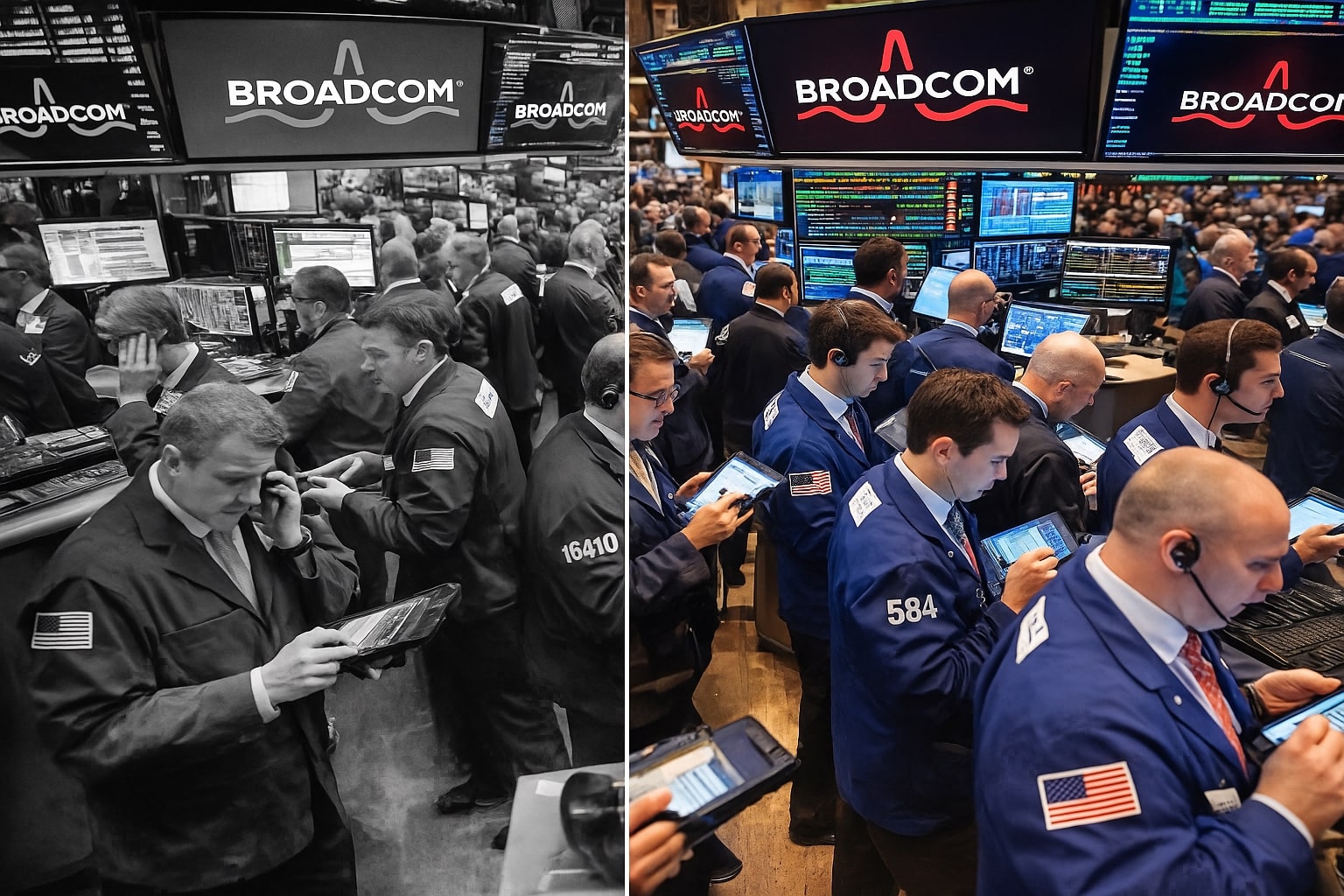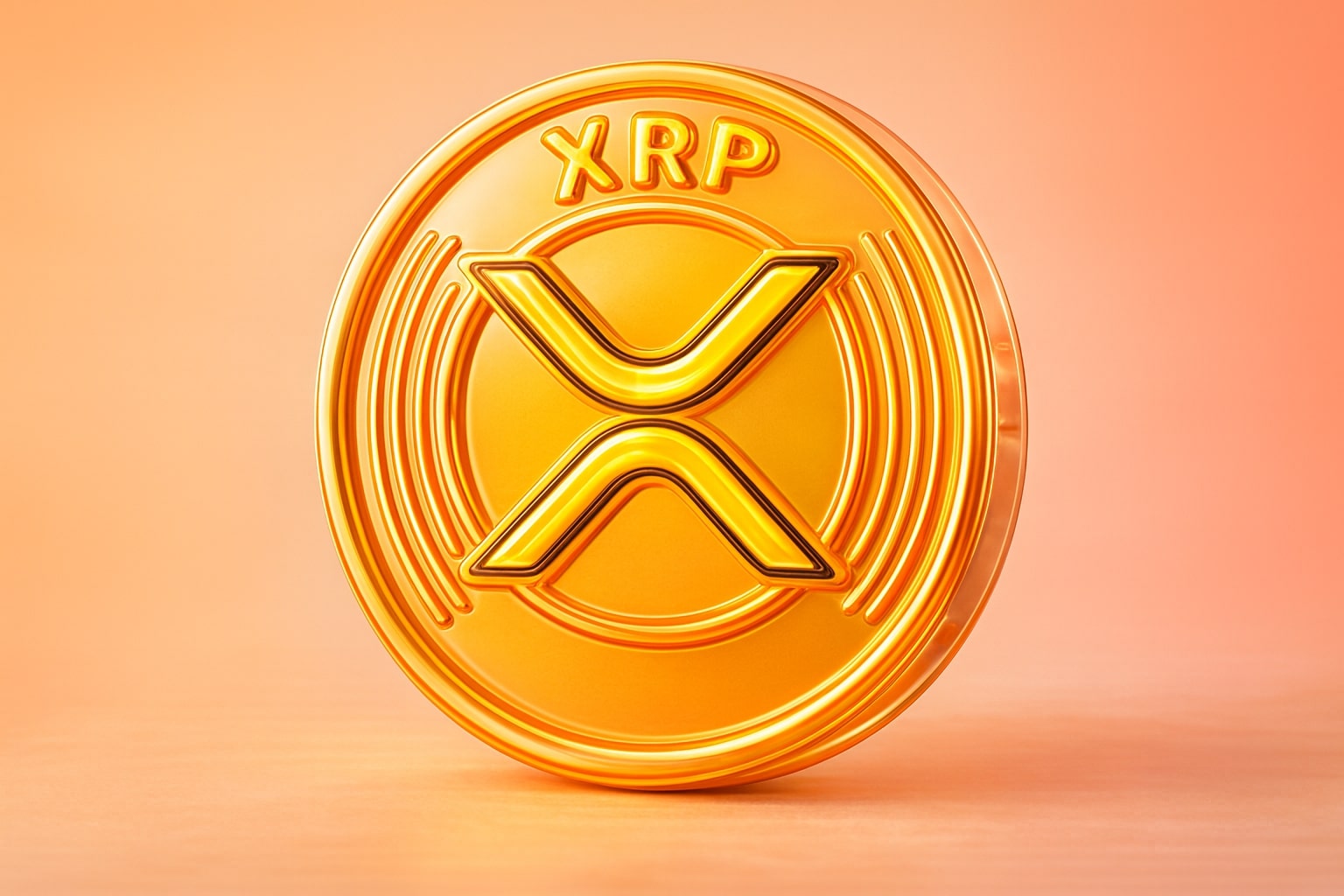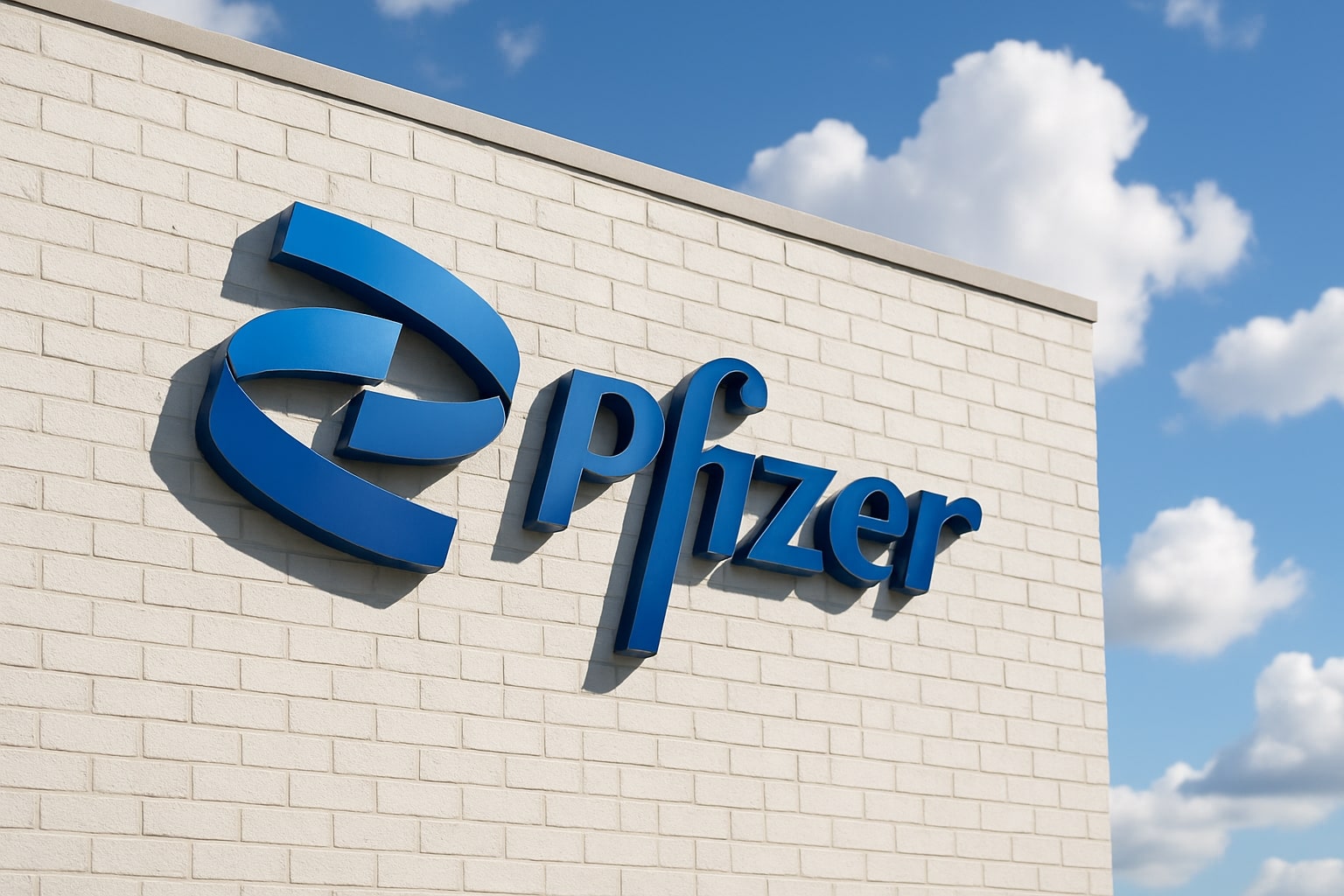
Pfizer Stock Price Forecast - PFE Shares Rebounds to $24.51 as Seagen and Metsera Deals Reshape 2025 Outlook
Pfizer’s 2025 recovery gains momentum with 10.3% revenue growth, a $2.91B profit surge, and a 7.02% yield — positioning the stock for a potential rally toward $35 | That's TradingNEWS
Pfizer (NYSE:PFE) Rebounds to $24.51 as Seagen Integration and Metsera Deal Spark Fresh Optimism Ahead of Q3 Earnings
Pfizer Inc. (NYSE:PFE) extended its recovery this week, climbing 1.16% to $24.51, as investor sentiment begins to shift following months of underperformance. The company, once weighed down by post-pandemic revenue declines and cost overhangs, is showing early signs of stabilization driven by stronger profitability, disciplined capital allocation, and the integration of its two biggest acquisitions in recent years — Seagen and Metsera. With a market cap of $139.35 billion, a P/E of 13.01, and an unusually high dividend yield of 7.02%, Pfizer is beginning to attract renewed attention from value and income investors heading into its Q3 earnings on November 4.
Pfizer’s latest quarter reflected a clear improvement in fundamentals. The company posted $14.65 billion in Q2 2025 revenue, up 10.3% year-over-year, driven by sustained momentum in oncology and vaccines. Net income surged to $2.91 billion, an astonishing 6,997% increase, reversing the prior year’s drag from write-downs and restructuring charges. Earnings per share rose 30% to $0.78, supported by leaner operations and cost controls that expanded the net profit margin to 19.86%. EBITDA climbed 23.9% to $5.83 billion, while the effective tax rate dropped to 4.6%, giving Pfizer room to reinvest in R&D without sacrificing near-term earnings.
The balance sheet also improved markedly. Pfizer closed the quarter with $13.25 billion in cash, up 86.6% from last year, supported by operational inflows and selective asset divestitures. Total assets grew to $206 billion, while liabilities fell 8.7% to $117 billion, showing progress on deleveraging after several quarters of heavy M&A spending. Return on assets reached 5.07%, and return on capital 6.91%, reflecting early efficiency gains from cost restructuring. The dividend payout, totaling $9.76 billion annually, remains sustainable despite a near-100% payout ratio, as cash reserves and free cash flow continue to underpin shareholder distributions.
The company’s R&D strategy is at the heart of its recovery story. Pfizer now oversees 271 active development programs, the largest pipeline in the global pharmaceutical sector. Its $7.3 billion acquisition of Metsera, announced in September, marks an aggressive expansion into obesity therapeutics — a segment dominated by Eli Lilly (NYSE:LLY) and Novo Nordisk (NYSE:NVO). Metsera’s GLP-1 and dual-agonist candidates are expected to move into Phase 2 trials by 2026, targeting a share of an obesity market projected to exceed $130 billion by 2030. The acquisition signals a clear shift away from Pfizer’s pandemic-era vaccine dependence toward sustainable growth categories with long-duration patent potential.
Meanwhile, the $43 billion Seagen acquisition completed last year continues to reshape Pfizer’s oncology franchise. The integration brings antibody-drug conjugate (ADC) technology that strengthens Pfizer’s targeted cancer therapy capabilities. Management expects $2 billion in cost synergies and up to $10 billion in incremental annual revenue by 2027 as Seagen’s Padcev and Tukysa therapies expand indications. The acquisition also positions Pfizer to compete more aggressively with Merck (NYSE:MRK) and Bristol Myers Squibb (NYSE:BMY) in the oncology segment, where targeted and immuno-oncology therapies remain among the highest-margin businesses in healthcare.
Despite the positive earnings trajectory, near-term free cash flow remains under pressure. Pfizer’s free cash flow dropped 73% to $269 million, while cash from operations declined 41% to $898 million, primarily due to higher integration and R&D costs. The company also recorded $3.17 billion in financing outflows, largely from debt repayments and dividend distributions. However, the surge in cash reserves suggests that Pfizer retains sufficient flexibility to maintain its payout and continue investing in pipeline acceleration and integration efficiency.
Risks remain, particularly around Pfizer’s looming patent expirations between 2026 and 2028 for key revenue drivers like Inlyta, Xtandi, and Eliquis. These expirations could collectively erase billions in annual revenue unless offset by new product launches. The company also faces renewed political pressure in the U.S. as the Trump administration pushes for drug price reform that could reduce Medicare prices by as much as 1,400% for certain categories. At the same time, competition from Chinese biosimilar producers continues to challenge Pfizer’s pricing power in emerging markets, forcing it to rely more heavily on innovation and differentiation.
Read More
-
Palantir Stock Price Forecast - Can a $440B AI Defense Powerhouse Grow Into Its $184.74 Price?
16.12.2025 · TradingNEWS ArchiveStocks
-
XRP Price Forecast - XRP-USD Drops to $1.87 as Whale Dumps $721M While XRP ETFs Quietly Cross $1B
16.12.2025 · TradingNEWS ArchiveCrypto
-
Oil Price Forecast - Oil Slide Hard; WTI CL=F Near $55, Brent BZ=F Below $60 as Market Bets on 2026 Supply Glut
16.12.2025 · TradingNEWS ArchiveCommodities
-
Stock Market Today: Dow (^DJI) 48,404 And S&P 500 (^GSPC) 6,812 Slip As Jobs Hit +64K And AVGO Sells Off
16.12.2025 · TradingNEWS ArchiveMarkets
-
GBP/USD Price Forecast - Pairs at 1.34 as Weak U.S. Jobs Data Clash with BoE Cut Bets into Year-End
16.12.2025 · TradingNEWS ArchiveForex
From a valuation standpoint, Pfizer’s shares remain deeply discounted. Trading at $24.51, near the bottom of their $20.92–$29.37 range, the stock’s forward P/E of 13.0x sits well below Merck’s 22x and Lilly’s 45x multiples. Analysts expect Q3 2025 EPS of $0.65 on revenue of $16.7 billion, forecasting upside from Seagen integration, improved cost leverage, and new launches. Based on current earnings power and discounted cash flow models, Pfizer’s fair value estimate lies between $32 and $35 per share, implying 30–40% upside from current levels.
The outlook for 2025–2026 now hinges on how effectively Pfizer can monetize its expanded R&D platform. The Metsera acquisition and Seagen integration give it clear exposure to two of the most profitable and fastest-growing markets in global healthcare: obesity and oncology. Combined with a forward dividend yield above 7%, a leaner cost base, and a stabilizing earnings trajectory, Pfizer offers a mix of value and resilience rarely found in large-cap pharmaceuticals today.
At current levels, the stock trades as if profitability were stagnant, yet operational metrics and strategic execution tell a different story. With improving fundamentals, a recovering balance sheet, and visible catalysts through 2026, Pfizer (NYSE:PFE) looks poised for a re-rating. For investors seeking high-yield exposure with tangible growth potential, Pfizer remains a Buy at current levels, offering both income stability and medium-term upside toward its fair value range of $32–$35 per share.














